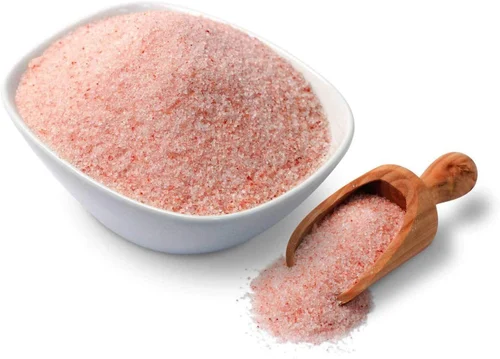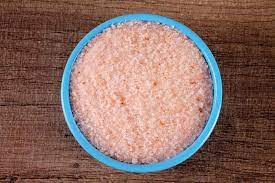SINDHAV
₹8.40 – ₹168.00
Health Benefits:
Sindhav salt is often considered healthier than regular table salt due to its mineral composition.
Sindhav salt is a naturally occurring mineral salt that is harvested from salt mines in the region of Sindh in Pakistan, hence its name. It is also found in other regions with salt deposits. Sindhav salt is usually off-white or pinkish in color and has larger granules compared to regular table salt.
Culinary Uses: Sindhav salt is used as a seasoning and flavor enhancer in cooking, similar to regular table salt. It is particularly valued for its purity and absence of additives, making it a preferred choice during religious fasting periods when certain foods are avoided. Sindhav salt is used in various dishes, including curries, snacks, salads, and beverages.
Health Benefits: Sindhav salt is often considered healthier than regular table salt due to its mineral composition. It contains trace minerals like calcium, potassium, magnesium, and iron, which may offer some health benefits when consumed in moderation. Additionally, Sindhav salt is lower in sodium content compared to table salt, making it suitable for individuals who need to monitor their sodium intake.
Fasting and Religious Use: Sindhav salt is commonly used during religious fasting periods, especially among Hindus in India. During fasts, certain foods like regular table salt are avoided, and Sindhav salt is used as a permissible alternative. This is because Sindhav salt is believed to be pure and unprocessed, making it acceptable for consumption during religious observances.
Availability: Sindhav salt is widely available in Indian grocery stores, supermarkets, and specialty food stores, especially in regions where it is commonly used in cooking. It is typically sold in the form of coarse crystals or fine granules in sealed packets or containers.
Storage: Store Sindhav salt in a cool, dry place in an airtight container to prevent moisture absorption and clumping. Properly stored, it can last for an extended period without losing its quality or flavor.
| WEIGHT | 10GM, 50GM, 100GM, 200GM, 500GM, 1KG |
|---|











Reviews
There are no reviews yet.